IT-historiens okända hjältar är kvinnor.
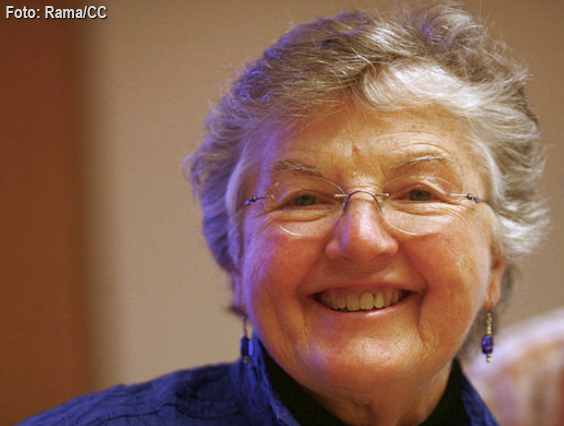
Francis E Allen – kompilatorexpert.
Francis Allen började på IBM 1957. Först lärde hon ut det nya programspråket Fortran, men snart inledde hon en framgångsrik bana inom utveckling av kompilatorer. Kompilatorer är program som översätter källkod till maskinkod som kan köras direkt av den dator. Hon arbetade också på kodoptimering och parallellisering. Många tekniker som hon har utvecklats används fortfarande. Francis Allen var den första kvinnan som utsågs till IBM fellow och 2006 blev hon första kvinna att motta it:s svar på nobelpriset, A M Turing Award.
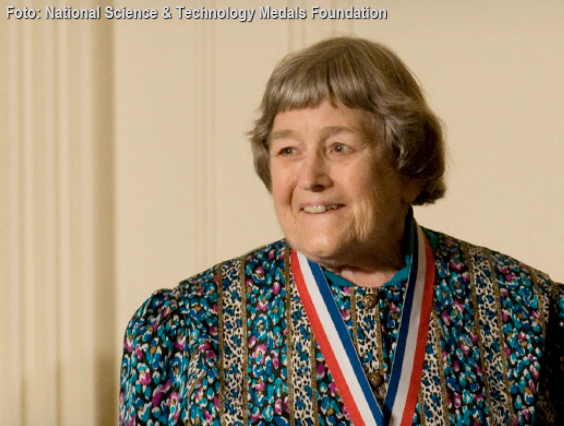
Yvonne Brill – raketforskare.
I USA är ”rocket scientist” ett skämtsamt ord för geni, men Yvonne Brill är verkligen raketforskare. 1972 utvecklade och patenterade hon ett framdrivningssystem för kommunikationssatelliter. Det såg till att de höll sig i sin bana. Hon var också med i utvecklingen av raketer för månfärder och rymdsonden Mars Observer. Flera av henns uppfinningar används fortfarande. Yvonne Brill är bland annat invald i USA:s Inventors hall of fame och har fått National medal of technology and innovation.
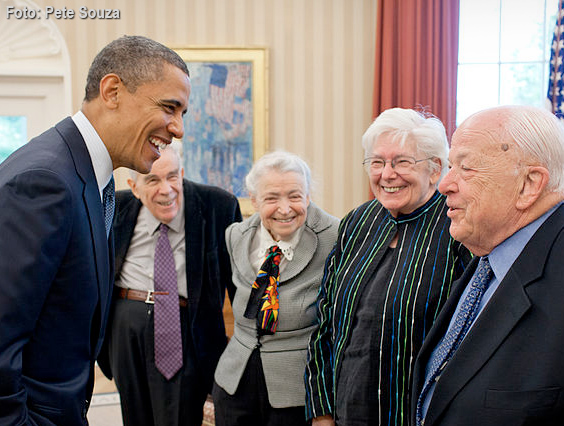
Mildred Dresselhaus – kolfiberexpert.
Mildred Dresselhaus är mest känd för sina insatser inom kolforskningen.Det hon påbörjade på 1960-talet la grunden för senare upptäckter om kolnanotuber. Nanotuberna förväntas revolutionera it genom att möjliggöra mycket mindre och kraftfullare datorer. Mildred Dresselhaus trodde först att hon skulle bli lärare, men doktorerade i stället i fysik och anställdes på Massachusetts institute of technology som forskare. 2012 belönades hon med Kavlipriset i nanovetenskap.
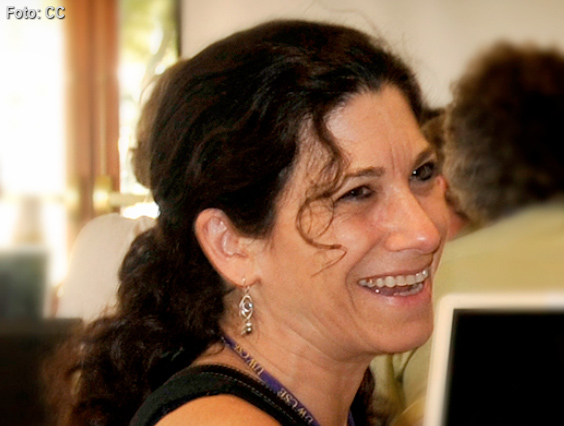
Deborah Estrin – pionjär inom inbyggda sensorer.
Deborah Estrins specialitet är att sprida ut massor med sensorer över ett område. Sensorerna kan mäta allt från infrarött ljus och rörelse till ljud och kemiska ämnen. Sensorerna är kopplade till varsin mikroprocessor, mindre än en tändsticksask, och sensorerna kommunicerar trådlöst med varandra. Tillsammans upptäcker de vad som händer i ett område och skickar informationen vidare. Deborah Estrin är chef för Center for embedded network sensing. Centrets projekt sträcker sig från mätning av föroreningar till att låta frivilliga använda sina mobiltelefoner som ”gräsrotssensorer” där de själva väljer vad som ska mätas och analyseras. Deborah Estrin utsågs 2003 av Popular Science till en av årets ”Brilliant 10”.
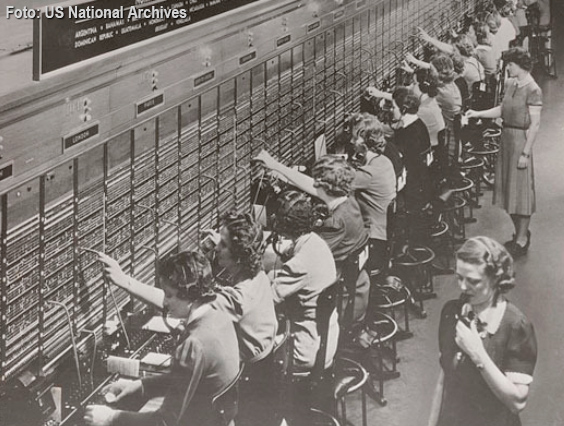
Erna Schneider Hoover – förbättrade telefonväxeln.
Efter att ha doktorerat i filosofi och matematik på Yale 1951 uppfann Erna Schneider Hoover de datoriserade metoder för att koppla telefonsamtal som fortfarande används på många platser. Hon arbetade 1967 på forskningsinstitutet Bell Labs när hon märkte att den manuella växeln slogs ut vid ett visst antal inkommande samtal. Hon utgick från sina kunskaper om symbolisk logik och återkoppling och utvecklade en datorbaserade metod för att övervaka antalet inkommande telefonsamtal och att anpassa växelns kapacitet efter det.
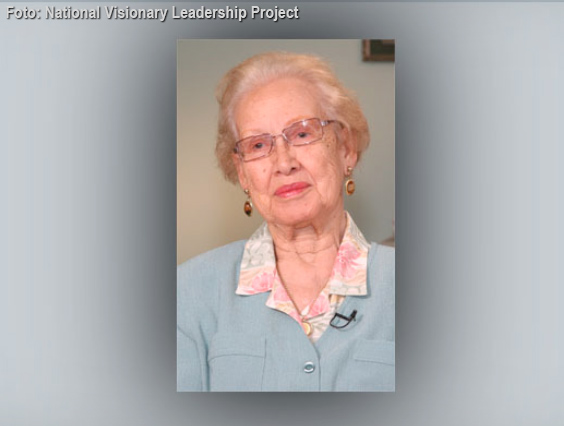
Katherine Johnson – mänsklig matematikmaskin.
”Computer”, alltså en människa som utför beräkningar, var vad Katherine Johnson arbetade som på amerikanska rymdflygstyrelsen Nasa från 1950-talet till 1980-talet. Hon var matematiker och fysiker. Först ingick hon i en grupp kvinnor som utförde exakta matematiska beräkningar, men när hon tillfälligt flyttades till en forskningsgrupp med bara män visade hon framfötterna. Det var extra imponerande eftersom hon både var kvinna och afrikansk-amerikan. 1959 var det hon som beräknade banan för USA:s första bemannade rymdfärd, och 1969 beräknade hon Apollo 11:s bana till månen. Jodå, Nasa började använda datorer 1962, men för säkerhets skull fick Katherine Johnson kontrollräkna. Fem gånger har hon tagit emot Nasas belöning för särskilda insatser.
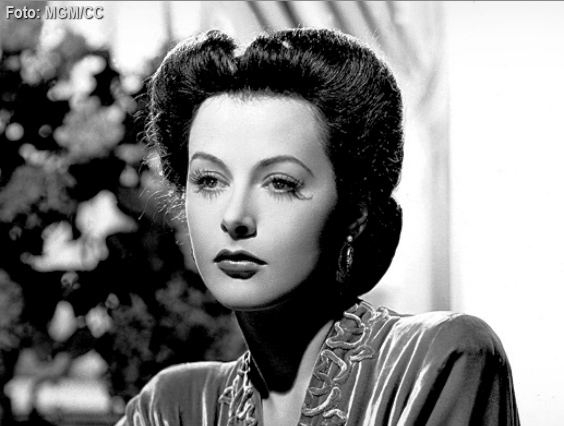
Hedy Lamarr – frekvenshoppande filmstjärna.
Mellan jobben som filmstjärna från 1930-talet till 1950-talet hann Hedy Lamarr med att utveckla en teknik som används i trådlösa telefoner, trådlöst internet och i gps. Under andra världskriget utvecklade hon, tillsammans med grannen George Antheil, frekvenshoppning. Man hade upptäckt att fienden kunde störa ut radiostyrda torpeder. Hedy Lamarrs lösning var att byta frekvens på radiosignalerna så att det fortfarande gick att styra torpeden, men så att fienden inte hade en chans att störa signalen. Lamarr och Antheil patenterade uppfinningen 1942 och donerade den till amerikanska krigsmakten. Ironiskt nog använde krigsmakte aldrig den på torpeder, men däremot för radiokommunikation mellan krigsfartyg.
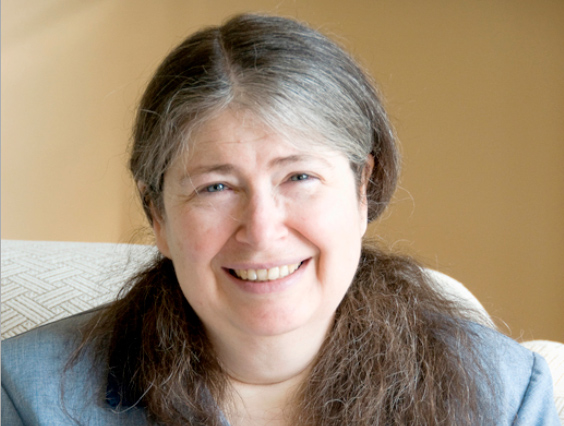
Radia Perlman – Internets moder.
Många har kallats för ”internets fader”, men Radia Perlman är Internets moder. Det var hon som utvecklade algoritmen som blev grunden för spanning tree protocol, stp. Hon tog examen i matematik från MIT 1976 och arbetade sedan på säkert informationsutbyte mellan datorer. Hennes lösning blev stp, ett protokoll som stänger av de vägar i nätverket som inte fyller någon funktion vid överföringen. Det skapar en enda aktiv väg mellan noderna i nätverket, och metoden används fortfarande för att dirigera trafik på internet. Numera arbetar Radia Perlman på en ersättare för stp som hon kallar för Trill. Hon har mer än femtio patent och har fått många utmärkelser.
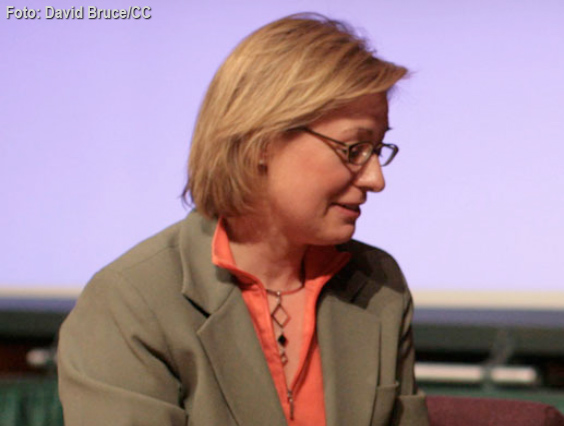
Rosalind Picard – pionjär för känslor på nätet.
På engelska kallas det för ”affective computing”, och det är Rosalind Picard som räknas som upphovskvinna. Hon är professor på MIT. Det går ut på att lära maskiner att känna igen, tolka och även efterlikna människors sinnesstämningar och känslor. Det finns många användningsområden för det, och det används redan i kroppsnära datorer. Rosalind Picard är en flitig skribent med över två hundra forskningsartiklar i meritförteckningen och hon har mottagit många utmärkelser.
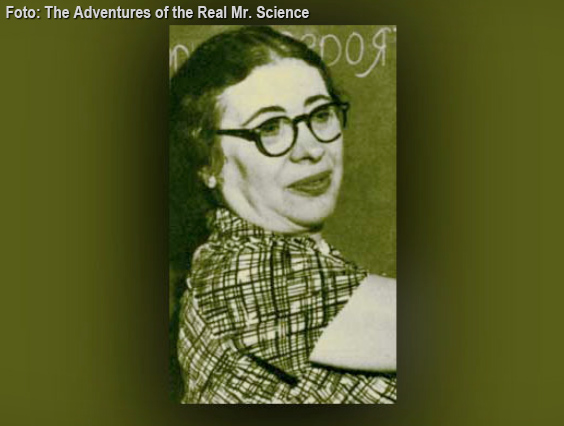
Ida Rhodes – språkutvecklare.
I början av 1950-talet var det Ida Rhodes som utformade programspråket C-10 för datorsystemet Univac I. Systemet användes för att sammanställa den amerikanska folkräkningen. Det var också hon som konstruerade och programmerade den första datorn som användes av amerikanska socialstyrelsen. Ida Rhodes, som hade kommit till USA från Ukraina 1913, räknas som en pionjär och visionär. Redan 1952 lär hon på en konferens ha beskrivit en framtid med datorer på skrivborden, många programspråk och bildskärmar.
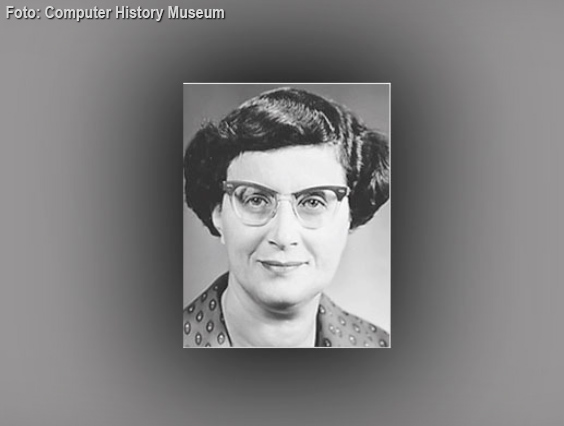
Jean E Sammet – Cobolpionjär.
Grace Hopper var inte den enda kvinnan bakom Cobol. Jean Sammet, som jobbade för Sylvania, var också med i gruppen som utvecklade Cobol runt 1960. Hon hade en examen i matematik och anställdes 1961 på IBM. Där utvecklade hon Formac, Formula manipulation compiler, det första mer spridda programspråket för bearbetning av matematiska uttryck. 1969 skrev Jean Sammet boken Programming languages: History and fundamentals. Den är grunden för senare datavetares insatser.
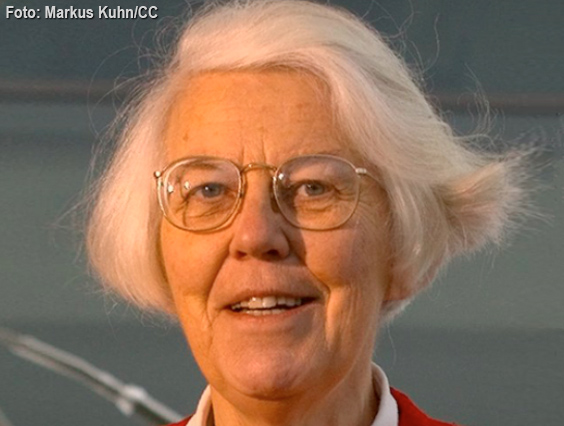
Karen Spärk Jones – expert på naturliga språk.
Alla som har gjort en sökning på Google kan sända en tacksam tanke till Karen Spärk Jones. Tack vare hennes insatser kan vi, åtminstone ibland, kommunicera med datorer med vanliga ord, inte med kod. Det var hon som uppfann omvänd viktning av termer, ett sätt att avgöra hur betydelsefullt ett ord är i ett dokument. Det ingår i alla tekniker som sökmotorer använder för att bedöma hur relevant en träff är i en sökning. Karen Spärk Jones, som avled 2007, hann ta emot Lovelace-medaljer från British Computer Society. Det var bara en av många utmärkelser.
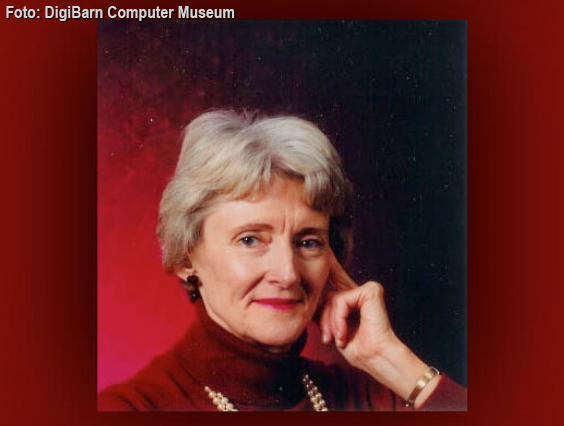
Mary Allen Wilkes – konstruktör av operativsystem.
Det var Mary Allen Wilkes som tänkte ut och utformade de första operativsystemen. Hon arbetade på MIT 1959 och arbetade med den tidens datorer som IBM 709 och TX-2. På MIT konstruerade hon 1965 styrenheten för datorn Linc, Laboratory instrument Computer, och hon skrev operativsystemet som låg mellan programmen och maskinvaran. Detta gjorde hon ofta hemifrån. Hon var en av de första som verkligen hade en dator hemma, en Linc. Men 1975 tröttnade Mary Allen Wilkes på datorerna och omskolade sig till advokat.
From Computersweden: |
It-historiens okända hjältinnor – Computer SwedenClipped from: http://computersweden.idg.se |
